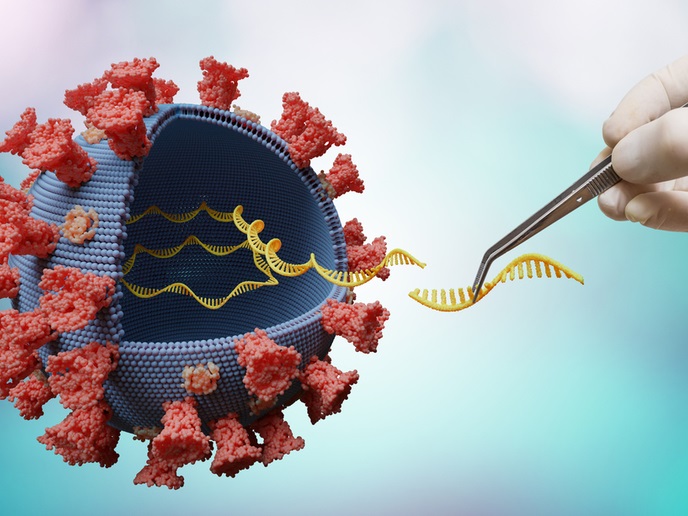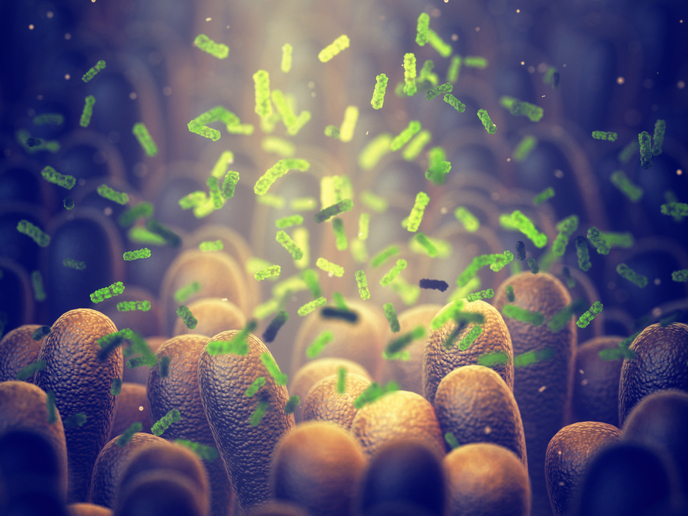'EYESEE' envisions restoring vision loss
Excessive formation of blood vessels in the eye is known as ocular neovascularisation. Medically, this condition is important as it causes vision impairment or loss. The condition is associated with diabetic retinopathy and age-related macular degeneration, the most common causes of severe vision loss in developed countries. Currently, therapy can delay the disease but not restore lost vision. Moreover, gene therapy has severe limitations due to the use of viral vectors and issues with severe immune response. The EYESEE (Development of new gene therapy approaches for the treatment of ocular neovascularization) project recognised the need for the development of alternative therapies to treat ocular neovascularisation. Their approach was to use non-viral vectors such as polymer-based carriers to deliver molecules that would prevent the abnormal growth of blood vessels. To modulate the activity of genes that encourage and discourage formation of blood vessels, EYESEE looked into the use of plasmid DNA (pDNA). Project scientists manipulated the genetic content of pDNA to avoid problems associated with gene plasmids such as gene silencing and loss at cell division. Results so far indicate that these gene systems are interesting candidates for future research on gene expression in the retina. For the gene carriers, EYESEE looked into polymer-based vehicles that would condense, transport and release the DNA where required. Three polymers, including chitosan and polylactic acid (PLA), formed nanoparticles of size below 500 nm and charge suitable for gene delivery. Moreover, the materials were shown to be non-cytotoxic and able to condense DNA and protect it from degradation. EYESEE made significant progress in the development of new vectors for gene therapy through polymer-based carriers. As a result, the fellow recruited for this project was granted tenure at the host institute effective October 2013. Besides being a key member of their research and teaching programme, research outcomes resulted in two published papers, two accepted and four under revision in peer reviewed journals.
Keywords
Vision loss, gene therapy, non-viral vector, ocular neovascularisation, plasmid DNA, polymer, nanoparticle







